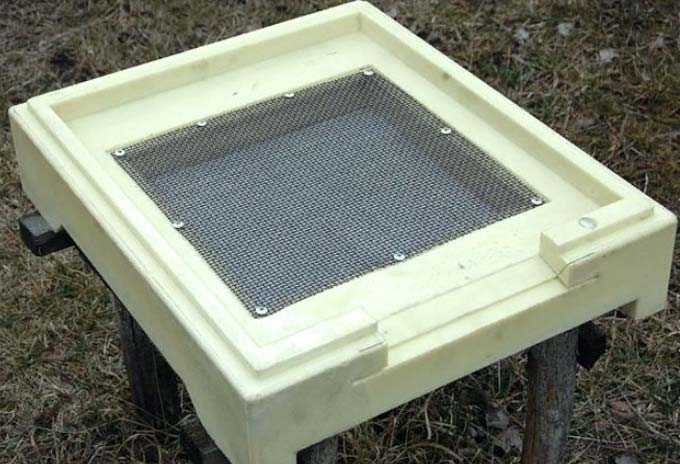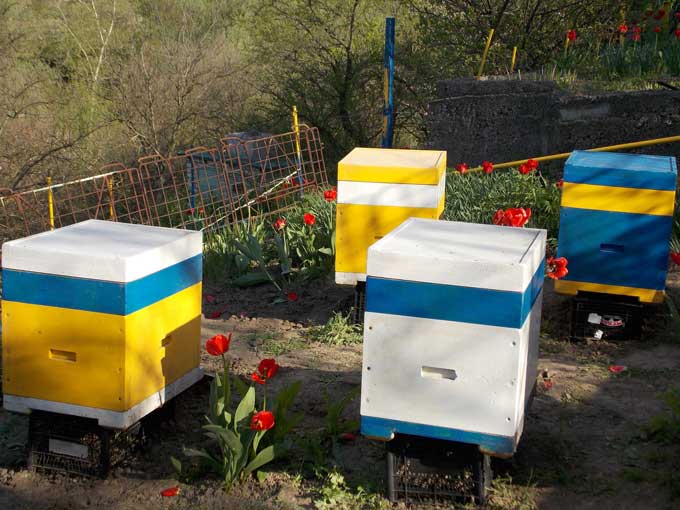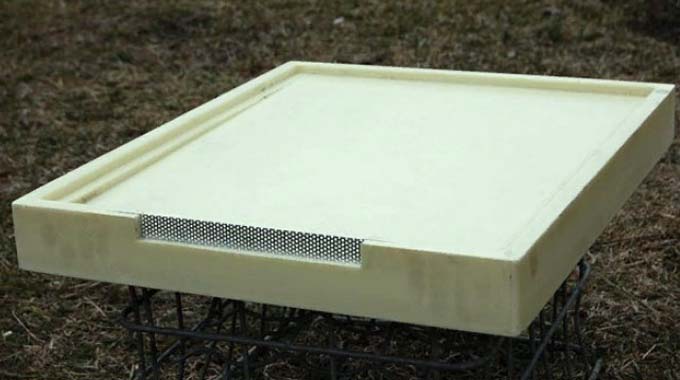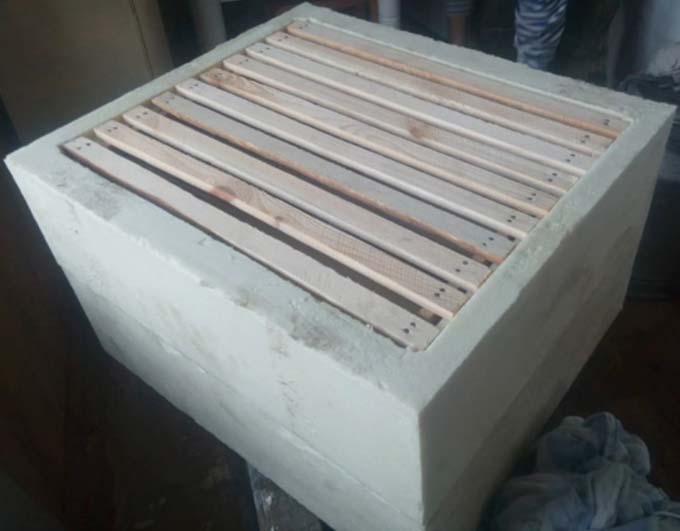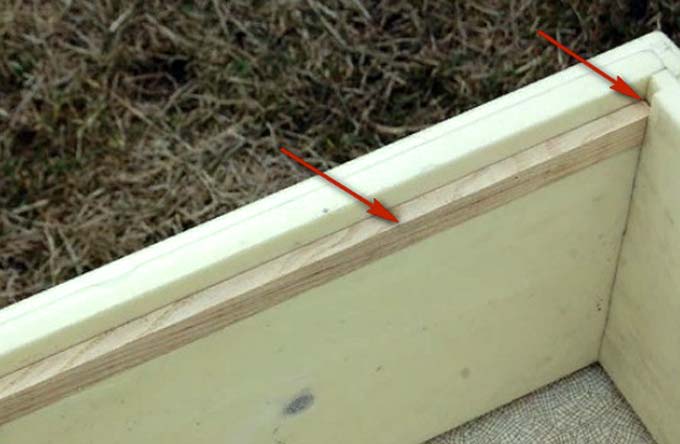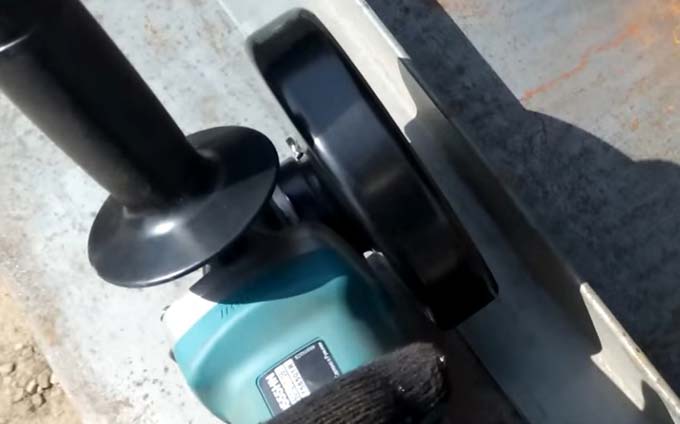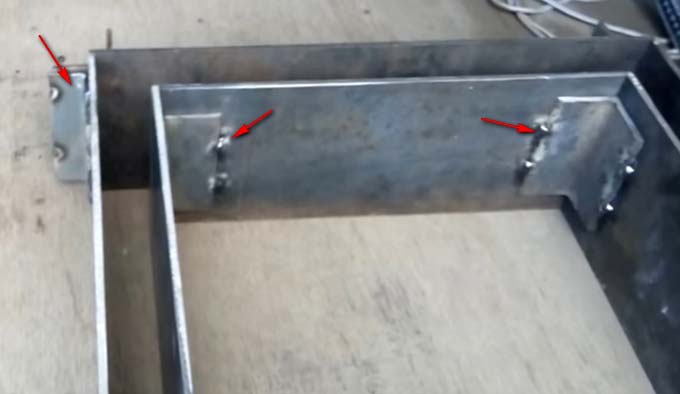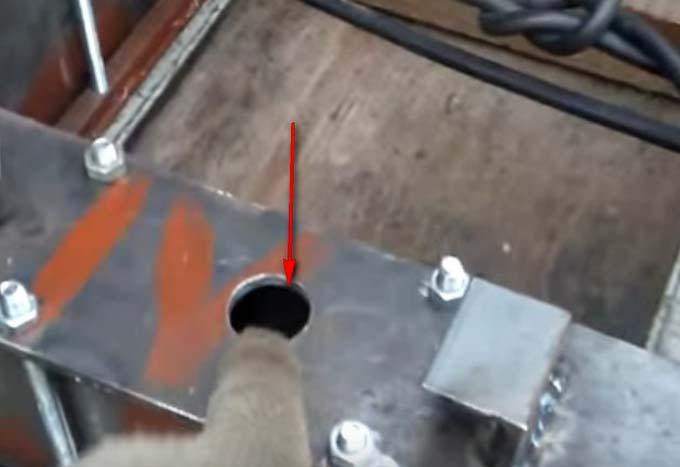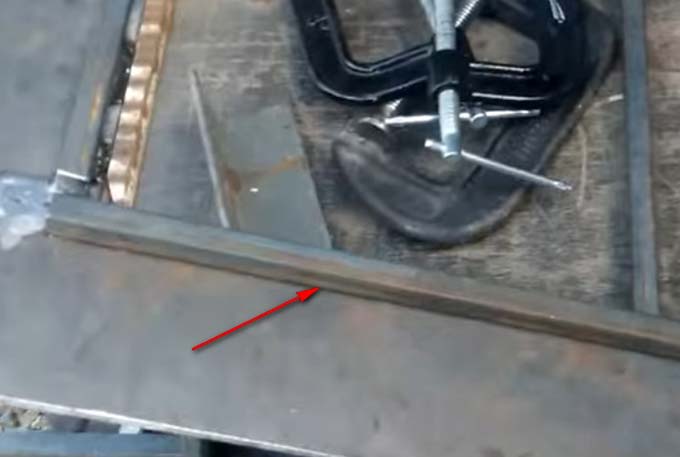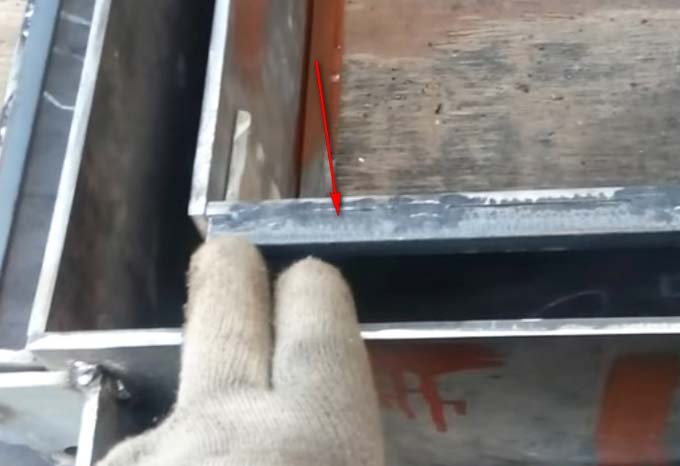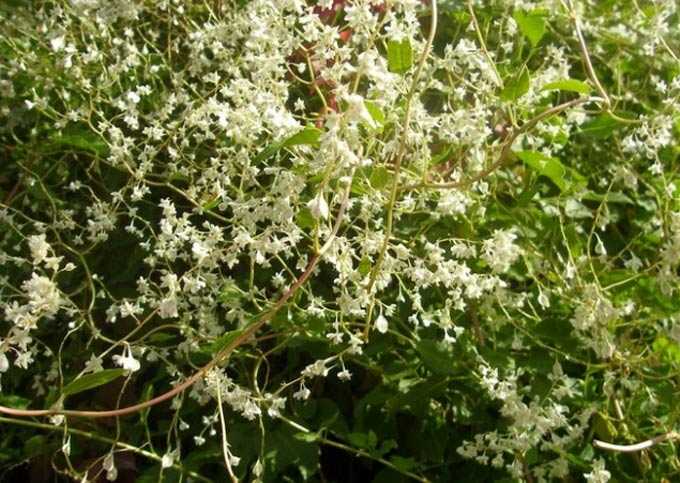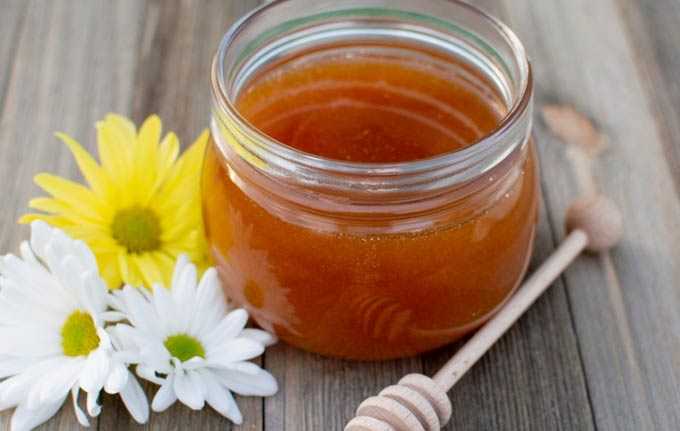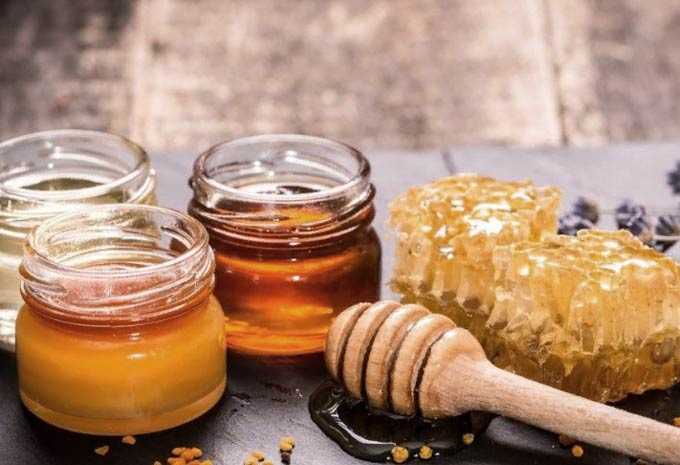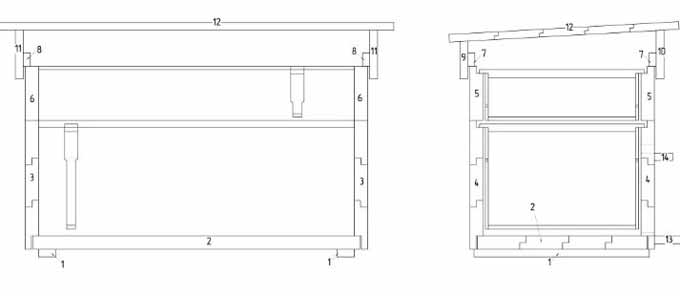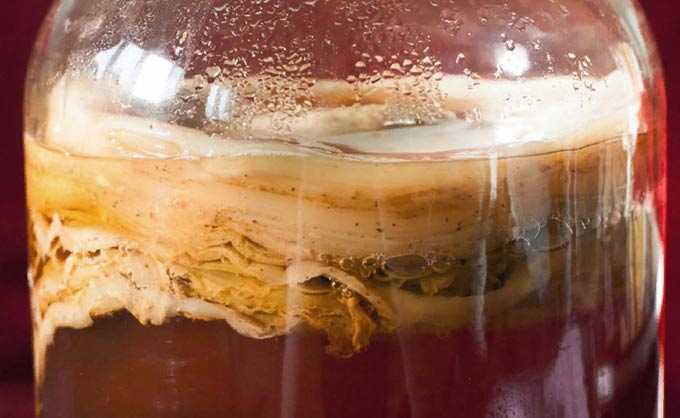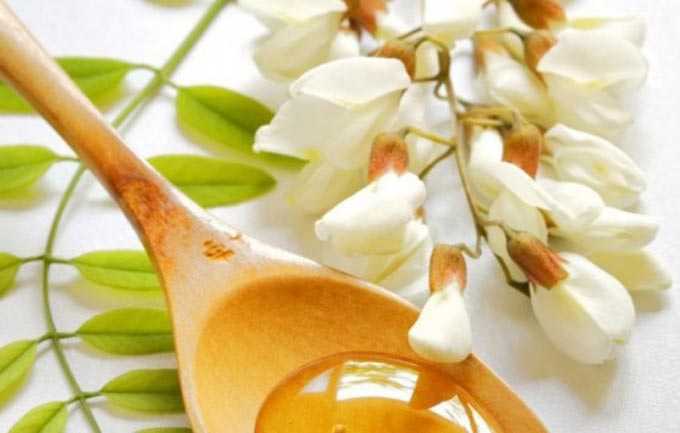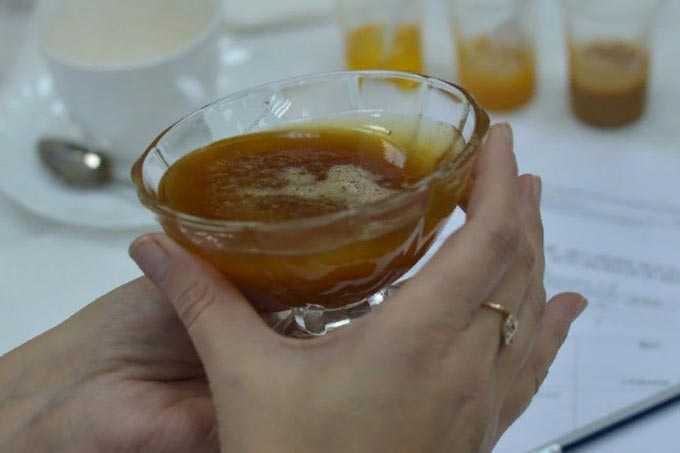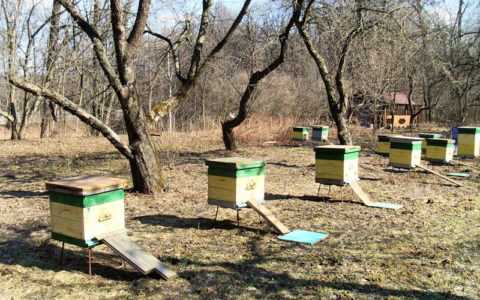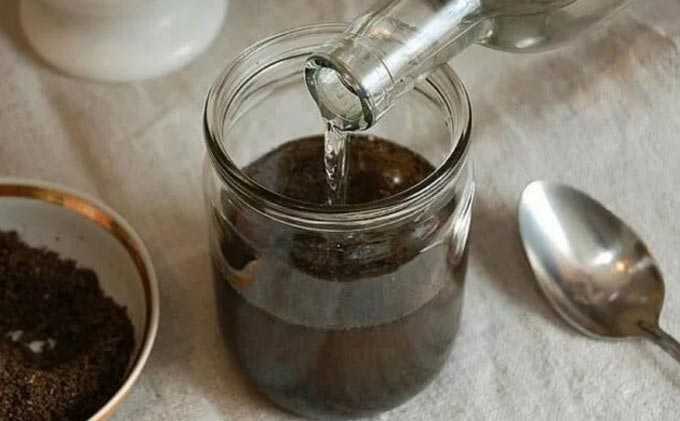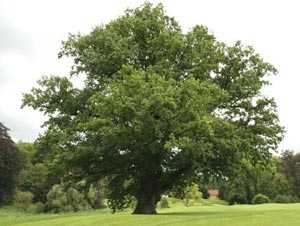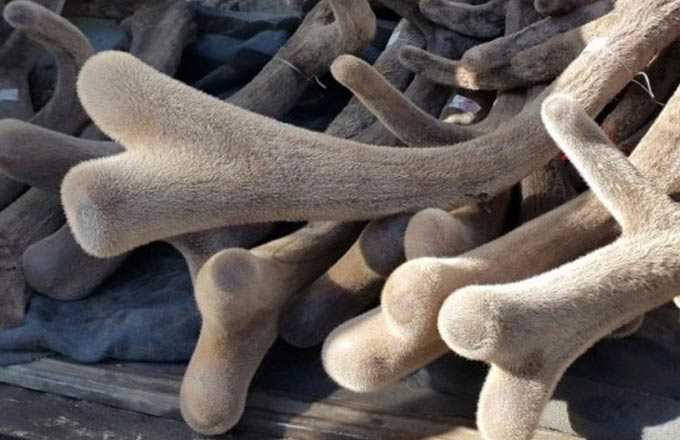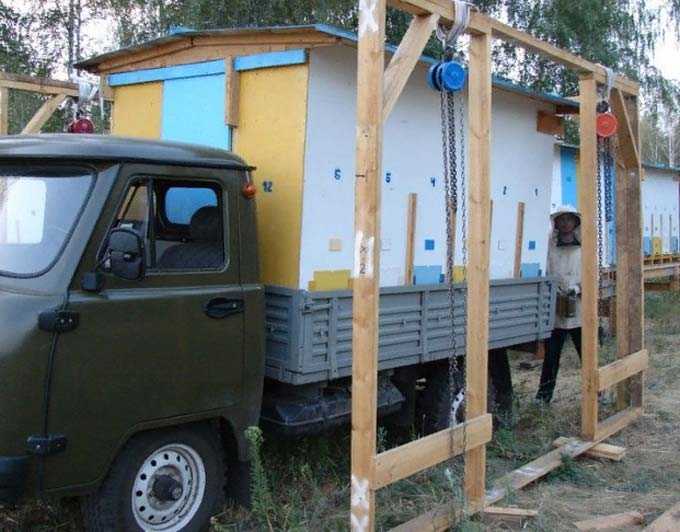Modern building materials are increasingly used in beekeeping for insulating hives. Classic foam, denser polystyrene foam, rigid polyurethane foam are all used in frame structures.
Whole polyurethane foam hives are also new products widely advertised in the domestic market. They can be made in a home workshop, significantly saving the family budget.
The content of the article
- 1 About the material
- 1.1 The opinion of beekeepers
- 2 design Features
- 2.1 How to keep bees
- 2.2 Features of beekeeping
- 3 How to assemble with your own hands
- 4 Using casting molds
About the material
Polyurethane foam is used in industry and construction more widely than other types of foamed polymers due to its plasticity. In its structure, it resembles frozen foam. Consists of gas-filled synthetic polymers.
PPU hives are mounted from a rigid variety of this material – ready-made sheets or self-foaming compositions in the form of a fill.
Main advantages:
- excellent waterproofing characteristics;
- good adhesion – adhesion is provided at the molecular level;
- low vapor permeability;
- low thermal conductivity.
PUF is not covered with mold, does not attract rodents, ants and other pests of apiaries. It has a low weight – three rutovsky cases with a wall thickness of 35 mm weigh 17 kilograms. Resistant to mechanical stress. Provides high quality sound insulation.
The only drawbacks are:
- fear of ultraviolet rays – the material must be hidden from the sun;
- highly flammable – burns out quickly, releasing toxic substances.
The main purpose of PPU according to SNiP 23-02-2003 is to protect buildings from cold and heat loss. The most famous variety in everyday life is polyurethane foam, which consists of one component. And the most widespread in two-component compositions (polyol plus polyisocyanate, water is needed for the reaction).
Read related articles:
Production of beehives from expanded polystyrene plates
Styrofoam for making beehives with your own hands
The opinion of beekeepers
The attitude to polyurethane foam in the beekeeping environment, as well as to any artificial material, is wary and ambiguous.
There are very opposite opinions – from reservedly positive to sharply negative. Bee hives made of polyurethane foam are considered a source of toxic emissions – the material releases them under the influence of sunlight, as well as as they wear out during operation.
But at the same time, laboratory tests do not show any impurities in commercial honey. To which the opponents of polyurethane foam respond – laboratory assistants are looking in the samples not for what is needed to confirm the harmfulness of this material for bees and humans. After all, it is well known that polyurethane foam is not recommended for installation in residential premises in the same way as foam or expanded polystyrene of the Penoplex type.
All these are heaters for outdoor installation on buildings, including residential ones, as well as thermal insulation of various communications, ventilation systems. And in hives made of polyurethane foam or expanded polystyrene, the bees are forced to come into direct contact with the building material. It is not known for certain how exactly PUF affects the resulting bee products.
Another important point is the arrangement of proper ventilation. The construction of polyurethane foam in many ways resembles a thermos – it does not “breathe”, which requires the installation of a mesh on the bottom of the hive.
But at the same time, one should not be zealous with round tap holes in the buildings – unwanted drafts may occur. It is enough to have a lower tap hole, ventilation in the bottom and lid. However, this also causes heated debate – each beekeeper acts at his own discretion based on his own experience of using polymer hives.
Many are scared off by the price. One Dadanovsky building will cost the owners an average of 1-110 rubles (this is how much the well-known Nizhegorodets costs on the market).
design Features
The production of polyurethane foam hives on an industrial scale is focused on the most popular systems – Dadans and multi-body Routes. We sell 10- and 12-frame Dadans from one or two buildings with two shops, as well as 10-frame Routes from 4-5 buildings.
High-quality water-based acrylic paint is used to preserve the material from exposure to direct sunlight. Entry barriers are not provided, but you can install them yourself.
How to keep bees
Basic requirements for homemade hives:
1. The presence of a ventilation window in the bottom, covered with a fine-mesh metal mesh, and measuring not less than 300 by 300 mm. This window is kept open all year round so that the bees do not get worn out during wintering and do not start swarming in the summer from the stuffiness.
2.Using a canvas, can be made of polyethylene. Some homemade models are equipped with ventilation under the cover:
It is a versatile roof that can be used in two positions:
- mesh down – for ventilation in summer;
- mesh up – to provide a deaf ceiling in winter.
Interesting fact: There are recommendations for excluding any ventilation through the ceiling and maintaining complete tightness here. What they are based on is not known for certain.
3. Ensuring a tight fit of the body sections vertically – there should be no gaps that the bees will begin to isolate with propolis! Removing tightly glued parts with a chisel is fraught with damage.
4.Small horizontal backlash is a mandatory design feature that allows you to carefully remove the body sections. When the body is torn off, it can be gently moved back and forth and left and right. No backlash is required for non-rebated models!
Features of beekeeping
In order not to be unfounded, here is the opinion of the Czech beekeeper Petr Havlicek, who has been testing polyurethane foam hives for several years.
He noted that:
- an exceptional microclimate is created in the bee dwelling – the nests develop rapidly since early spring;
- each hive rebuilds at least one foundation body;
- all bee colonies in the used multi-body systems for 4-5 extensions are strong enough and bring up to 90 kg of marketable honey in the season;
- for the winter, the nests do not require reduction, which simplifies the maintenance of the apiary – there is no need to store dry land, protecting it from moths;
- to exclude swarming in mid-May, it is necessary to make layering, re-uniting separated families for the winter;
- the quality of the hive increases the use of aluminum foil – it is used to cover the structure from the inside and outside.
How to assemble with your own hands
The same Peter Havlicek collects hives from polyurethane foam with his own hands as follows:
Acquires pine boards 25 mm thick and dries them well (permissible moisture content 12-15%). From this material, a pallet with a height of 120 mm is knocked down, equipped with a mesh in the floor, a rear hinged door for cleaning up dead water and debris, a front slotted taphole with a latch. An insert is made in the set for the taphole to adjust the winter / summer passage.
The walls of the body sections are assembled from solid 5-cm polyurethane foam covered with aluminum foil. The assembly is carried out with polyurethane glue in the groove. Along the inner top cut, a 10 mm rebate is selected for hanging the frames. It is reinforced with a wooden insert inserted into the grooves.
Outside, two solid wood harnesses are installed on the body in the form of an upper and lower frame. They are glued to the walls and additionally fixed to each other using screws 8-10 cm long. In the upper frame, you can drill a tap hole, which is closed with a revolving bar. The body will turn out to be light – up to 2,5-3 kg, and durable thanks to the outer frame.
The covering board is one-piece in the form of a shield with four round holes in the corners for ventilation. They can be tightened with a metal mesh or closed with plugs in the form of plugs. The space above the frame is 7 mm, there is no free space under the frames.
The cover is made in a standard way – a shield is stuffed onto the strapping, which is protected from above from precipitation with galvanized iron or any other insulating material.
The project proposed by Petr Havlicek is simple to manufacture – even beginners in joinery can handle it. The dimensions of the bee housing can be any at the request of the beekeeper. It is worth focusing on the dimensions of the frames used.
Using casting molds
If you use a self-foaming composition at home, you will need special forms for polyurethane foam hives. Two-component polyurethane foam is suitable for pouring, for example, the Vladimur 3017-1p or Izolan system.
To prevent the PUF from sticking to the parts of the mold, it is processed from the inside with wax dissolved in gasoline. There is enough lubricant to assemble four housings. Then the processing is carried out again. This is the advice of one of the folk craftsmen, the video lesson of which is given at the end of the article.
For the manufacture of mold parts for a 10-frame Dadan sheet metal is used, from which, using a grinder, a template, a ruler and clamps, workpieces of a suitable height are cut (for example, for a store on a half-frame, the height is 155 mm).
If the workpiece has bends, it is leveled with a hammer – straightened on a flat surface. Four parts are cut out of the blanks for the inner and outer walls of the mold, which are temporarily seized for assembly – welded using a corner.
All joints are checked with a corner – it is kept strictly at 90 degrees. The top and bottom of the mold are also welded from sheet iron. At the top, holes are drilled for pouring.
The lengths of the upper and lower parts in the example shown are 500 mm front and rear wall, 410 mm side walls. Wall stops – 12 mm squares.
On the inner walls outside, 12 x 12 mm stops are welded under the frame hangers. The space between the walls is 40 mm.
On the inner walls from the inside of the structure, rings are also welded to install the screed during the casting of the body. The top and bottom of the form are fastened with pins. Temporary clamps at the corners are cut off with a grinder
During the pouring process, the mounting holes are covered with plugs for some time.
Using a grinder allows you to save on cutting sheets with a guillotine. But for work you need a supply of disks. On average, one cut (cutting out one workpiece in the form of a long sheet) takes 15 minutes.
Making hives from polyurethane foam at home is also discussed in this video review:
The recommended density of the mixture for pouring is 90-130 kg / m3.
To exclude the contact of bees with the hardened foam, the hive can be sheathed from the inside with a thin board, lath or plywood of the FBA brand on casein glue. This will increase the cost and complicate installation, but the design will be safer for insects and cause less doubt among the owners.

